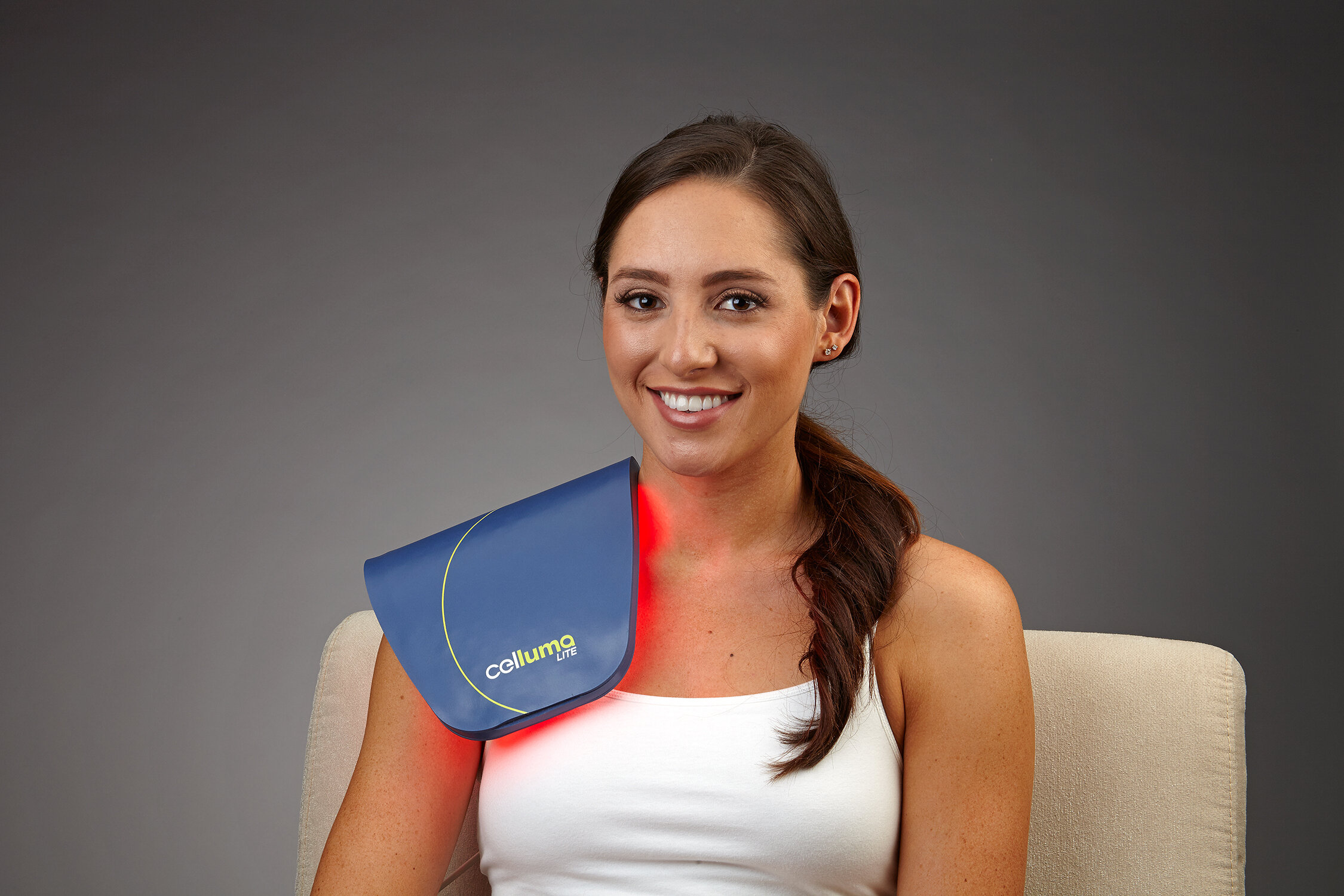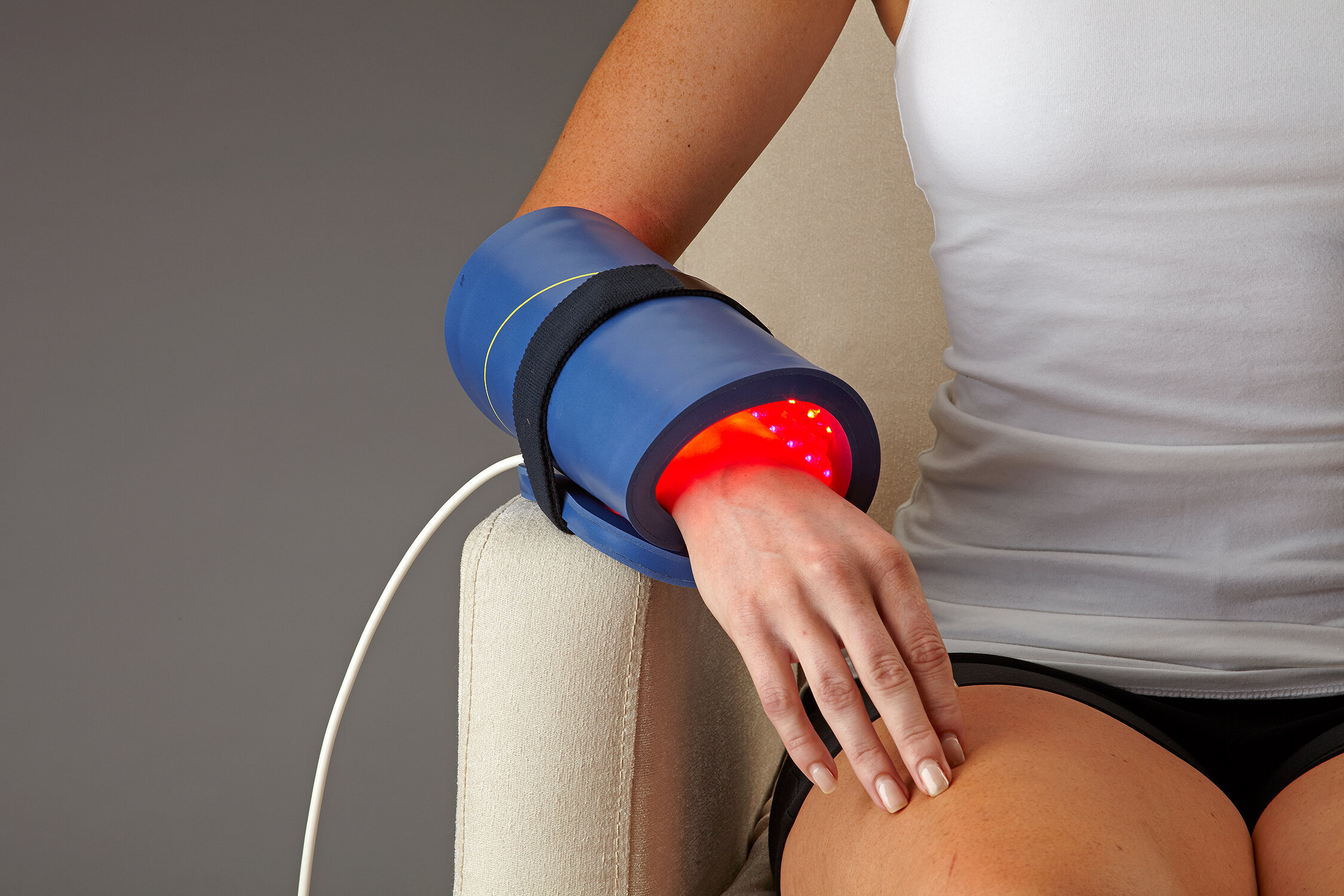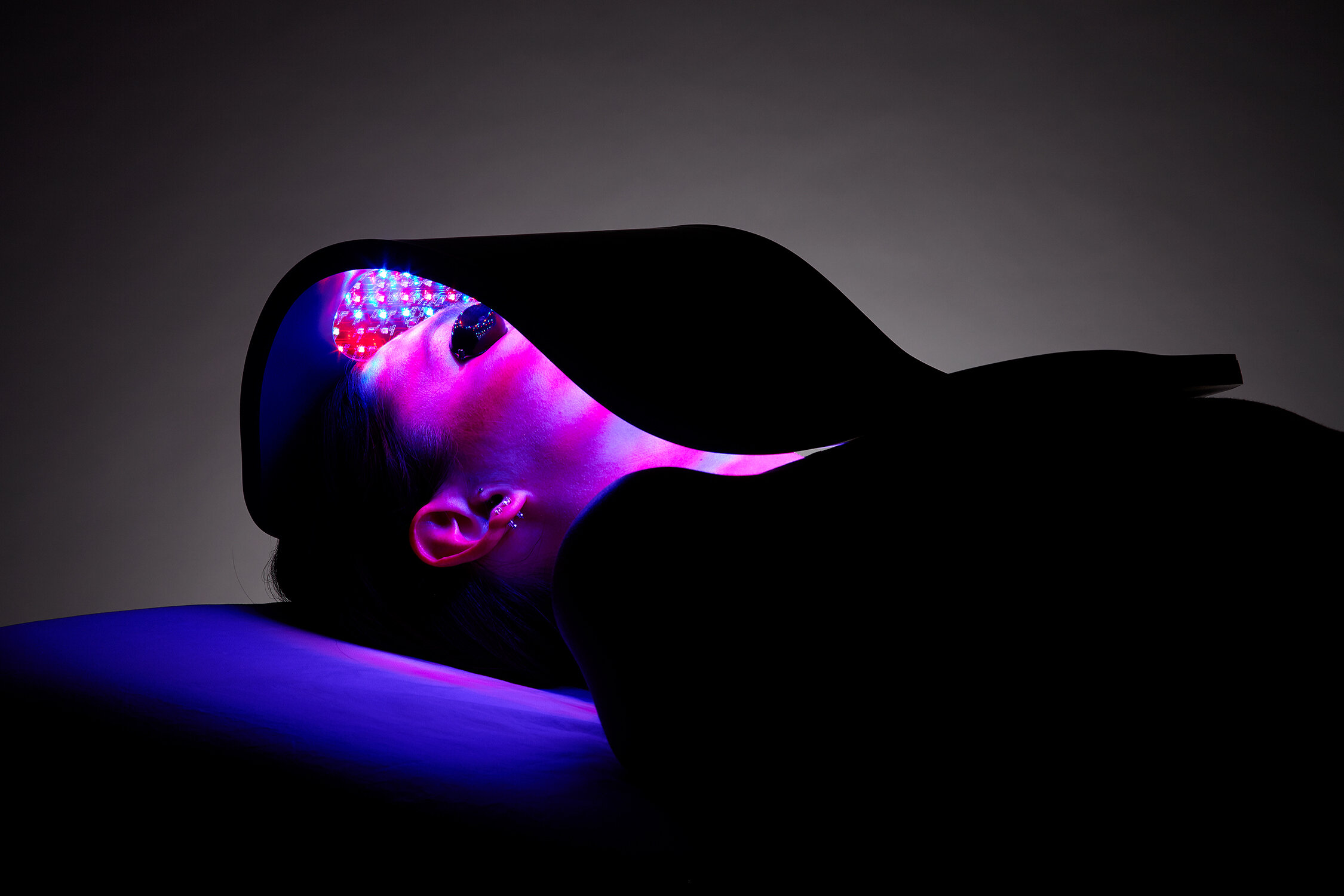LED Light Therapy for healing, rejuvenation & pain management.
Celluma LED Light Therapy blue for Acne.
What is LED Light Therapy?
LED photobiomodulation is the newest category of non-thermal light therapies used in dermatology and aesthetic medicine today. It is also one of the oldest therapeutic modalities to be used to treat various health concerns and conditions. Artificial phototherapy was born out of the research done in 1903 by the Danish physician, Niels Ryberg Finsen (Roelands, 2005).
Photobiostimulation and photobiomodulation with LED and low level laser therapy (LLLT) is the response at the cellular level of the impact light has on our biology.
What are the therapeutic benefits of using LED Light Therapy?
The therapeutic effects of using a non-coherent light source on the skin has a multitude of positive effects including:
Wound healing
Collagen stimulation
Anti-inflammatory effects
Anti-bacterial effects
Pain relief
Drug delivery and activation (photodynamic therapy/PDT)
Melanin inhibition
Celluma LED Light Therapy for collagen stimulation
Celluma curved red LED Light Therapy red setting.







